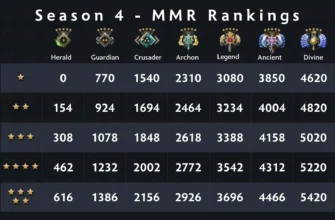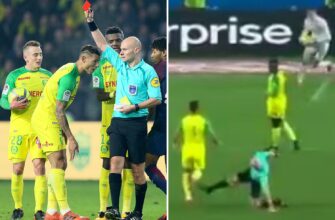The Italian top flight, Serie A, consistently delivers a spectacle that is equal parts tactical masterclass and raw, unadulterated drama. Each matchday unfolds like a movement in a grand symphony, showcasing the diverse talents of its performers, the calculated strategies of its conductors, and the occasional discordant notes that keep audiences perpetually engaged. It’s a league where experience meets youthful exuberance, where genius can be fleeting, and where the human element, both brilliant and frustrating, always takes center stage.
The Maestros and Their Muses: Crafting the Play
At the heart of Serie A’s appeal are the players who truly dictate the rhythm of the game. Much like a renowned conductor commanding an orchestra, certain individuals possess the vision and precision to elevate their teams. One cannot help but observe the emerging influence of players like Christian Pulisic at Milan, whose seamless integration and impactful performances have quickly established him as a pivotal figure. His contributions are akin to a perfectly placed melodic line, adding both beauty and substance to the team`s composition.
However, not every virtuoso performs with consistent grace. The mercurial talent of a player like Rafael Leão, capable of breathtaking brilliance, can also present moments of vexing inconsistency. It`s a testament to the unpredictable nature of football, where a star`s entrance might sometimes feel more like a missed cue than a triumphant flourish. Conversely, players like Alexis Saelemaekers embody a different kind of essential energy – a relentless, almost irritating persistence, much like a persistent tiger mosquito on a summer`s evening, ensuring no opponent finds a moment`s peace. These varied individual expressions form the rich texture of the league`s narrative.
The Rising Crescendo of Youth: Future Stars in Waiting
Italian football has long prided itself on nurturing talent, and the latest crop of young prospects continues to captivate. Names like Pio Esposito and Francesco Camarda represent the “best youth” of the current generation, offering tantalizing glimpses of future stardom. Yet, their journey is not without its challenges. Often relegated to reserve roles behind more established, and frequently foreign, players, their opportunities to shine are carefully rationed. It`s a delicate balancing act for clubs: integrating emerging domestic talent while maintaining a competitive edge with seasoned professionals. The question remains whether these burgeoning talents will be given the stage they deserve to truly conduct their own performances.
Tactical Choreography and Emotional Discord
The dugout in Serie A is rarely a place of calm. Coaches, the ultimate choreographers, navigate a minefield of expectations, tactical adjustments, and player egos. A defeat, even with the justifiable alibi of key absences, is a bitter pill for any manager to swallow. The intensity of this environment can lead to palpable friction, such as a player`s furious reaction to an “inexplicable substitution.” While such moments highlight the passion inherent in the sport, they also underscore the immense pressure on coaches to make split-second decisions that can determine the fate of a match, a season, or even a career. It’s a perpetual dance between strategic intent and the raw, human response.
The Unwritten Score: Refereeing and VAR`s Ongoing Aria
Perhaps no element injects more contentious drama into Serie A than the ongoing saga of refereeing and the Variable Assistant Referee (VAR) system. Despite assurances and propaganda from official bodies, the perception of inconsistency persists. Incidents where VAR intervenes seemingly at random, or misses crucial moments entirely, continue to fuel widespread frustration. It’s often characterized as an “arbitral theater” – a performance where the rules appear to be interpreted subjectively, almost as if following an unwritten, ever-changing script.
The call for greater clarity and for the rules to be shaped by those who have lived the game – former players and coaches – resonates strongly. There`s a certain irony in a sport so meticulously governed by regulations, yet so frequently mired in disputes over their application. Until a more consistent and universally accepted harmony is found between human judgment and technological intervention, the “commedia” of refereeing controversies seems destined to continue its run across Europe`s pitches.
In conclusion, Serie A remains a captivating enigma. It is a league where the masterful orchestration of seasoned professionals meets the raw potential of youth, where tactical genius clashes with passionate outbursts, and where moments of pure footballing artistry are often juxtaposed with the lingering frustrations of officiating. It’s an imperfect, yet utterly compelling, spectacle – a grand unfolding drama that continues to enchant its global audience, proving that the beauty of football lies as much in its unpredictable human element as in its structured play.








